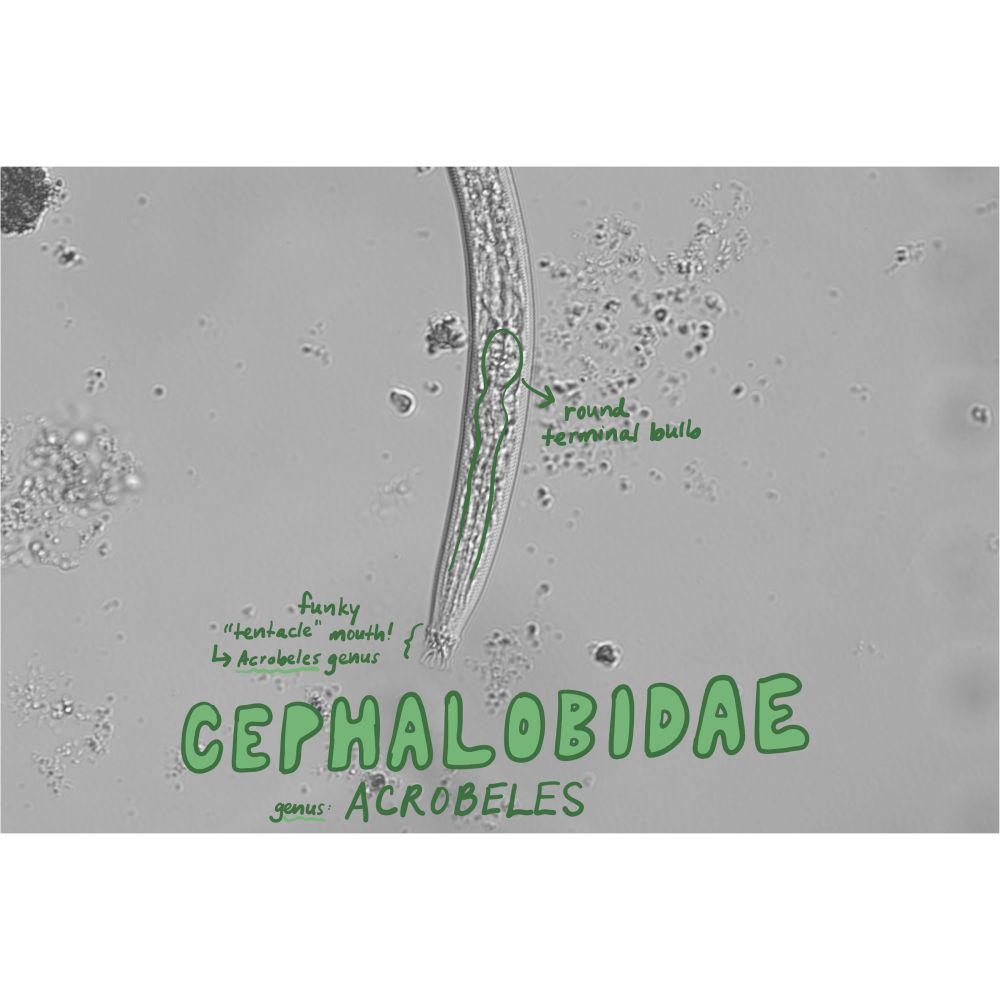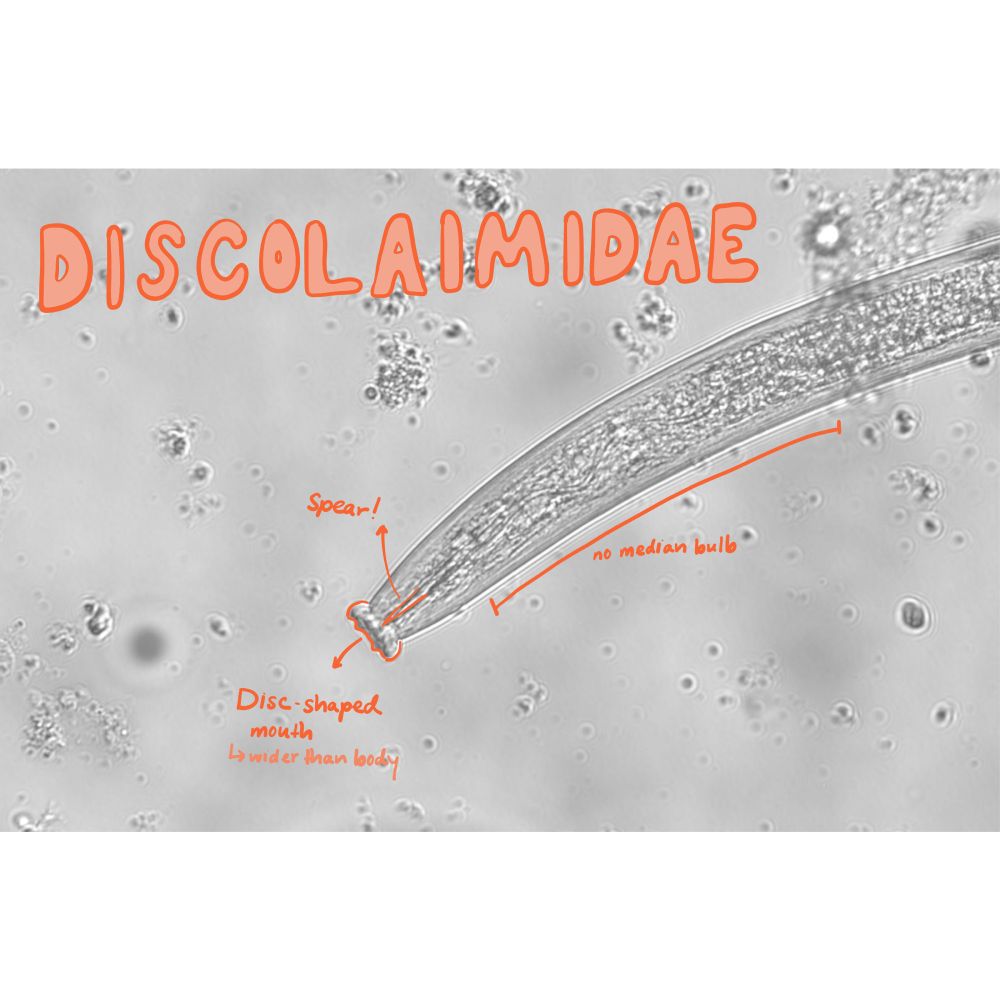Rachel
@dirtylittleworms.bsky.social
39 followers
18 following
15 posts
Come join me on my adventure getting to know the nematodes (aka “dirty little worms”) that live below our feet! 🪱
Posts
Media
Videos
Starter Packs
Rachel
@dirtylittleworms.bsky.social
· May 28
Rachel
@dirtylittleworms.bsky.social
· May 8
Rachel
@dirtylittleworms.bsky.social
· Apr 28
Rachel
@dirtylittleworms.bsky.social
· Apr 21
Rachel
@dirtylittleworms.bsky.social
· Apr 14
Rachel
@dirtylittleworms.bsky.social
· Apr 7
Rachel
@dirtylittleworms.bsky.social
· Apr 7
Rachel
@dirtylittleworms.bsky.social
· Apr 5














